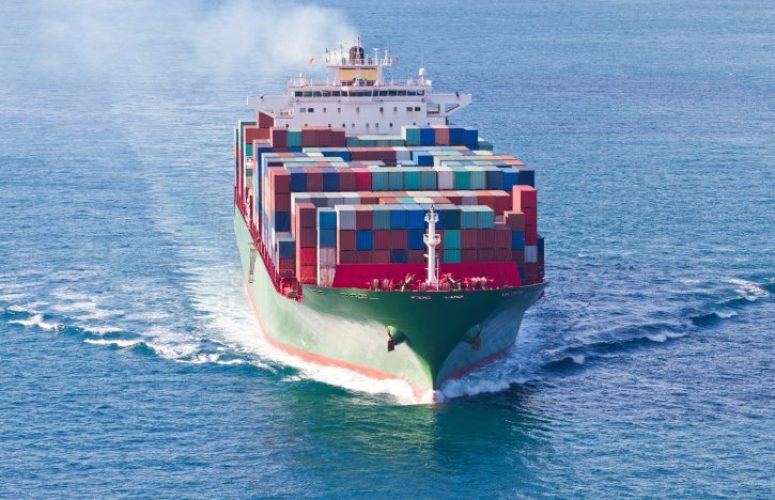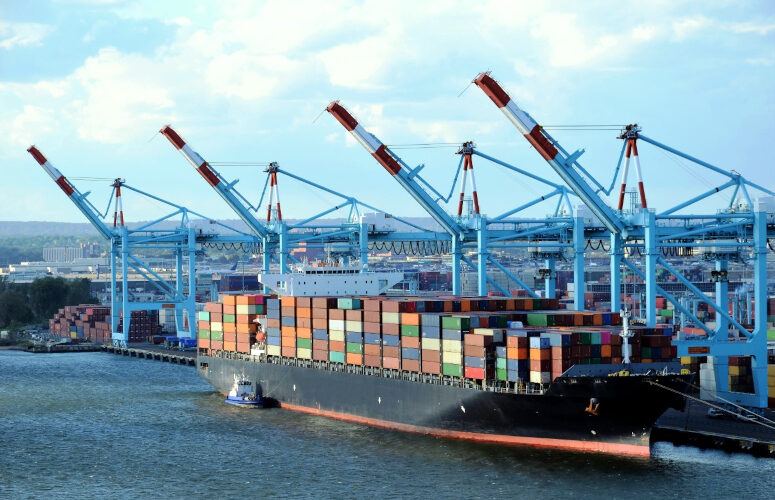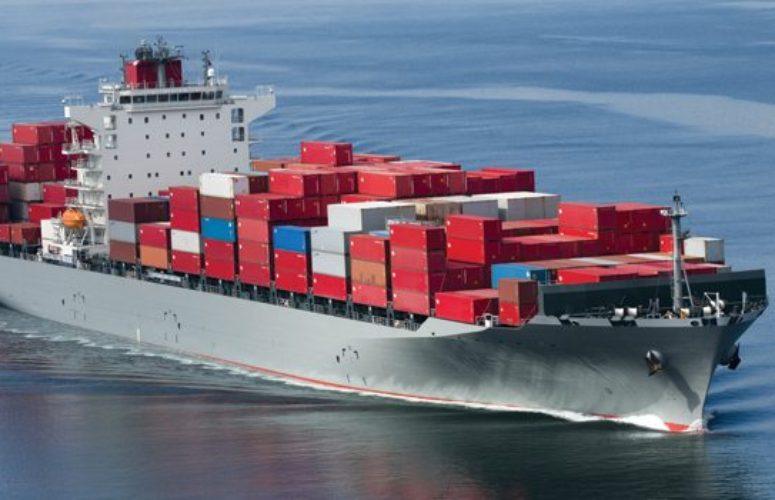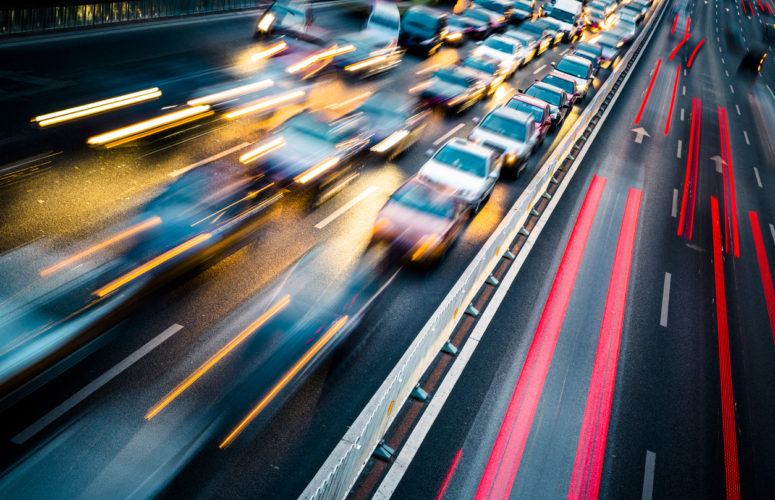
Port Authority and Federal Highway Administration Release Cross-Harbor Freight Movement Study
On Nov 17, 2014The Port Authority and the Federal Highway Administration recently released a comprehensive Tier 1 Draft Environmental Impact Statement (DEIS) for the Cross-Harbor Freight Program, which identifies alternatives to improve the movement of freight across the Hudson River and New York Harbor.
The Tier 1 DEIS takes an in-depth look at 11 possible alternatives, including waterborne and rail based options as well as a “no action” alternative. After receiving and considering public comment, the agencies will seek to focus on a more limited number of alternatives for further study and analysis. An extensive public comment period on the Tier 1 DEIS will now begin and will run until late February 2015. In addition, a series of public hearings in both New York and New Jersey will be held in early 2015. A Record of Decision, identifying an alternative or alternatives selected for further study, is expected in the summer of 2015.
“The efficient movement of freight and goods is critical to job creation and the region’s economic competitiveness, so we are strongly committed to finding more efficient, environmentally friendly, and cost-effective ways to keep goods moving,” said Port Authority Executive Director Pat Foye. “This draft EIS gives us a road map of alternatives on how we can deal with this issue moving forward, and reduce the region’s heavy reliance on trucks for the movement of goods and freight. I thank Congressman Jerry Nadler for his longstanding recognition of this issue and securing significant Federal funding for advancing this study.”
“It’s critical that we carefully review all possible strategies and come up with viable alternatives to improve the flow of cargo,” said Port Authority Deputy Executive Director Gramiccioni.
The Port Authority began its review of the freight movement problem in 2009, due to worsening conditions within the region stemming from an almost total reliance on trucks to transport goods. These worsening conditions included traffic congestion, severe wear and tear on highways and interstate crossings, consumption of fossil fuels, and resulting air emissions. The problem is projected to worsen over the next 20 years, given that freight movement in the region is projected to increase by 37 percent. The DEIS specifically targets the movement of freight such as commodities, raw materials, agriculture, consumer products and other industrial and finished goods.
The document contains in-depth review of the 11 possible alternatives, including a “no action” option. The options include:
- An enhanced railcar float operation
- A lift-on, lift-off container barge
- A roll-on, roll-off container barge
- A Truck Float
- A Truck Ferry
- A double-stack, double-track rail tunnel
- A rail tunnel with a shuttle service alternative
- A rail tunnel with a Chunnel Service alternative. This alternative would carry trucks through a tunnel on special railcars, similar to the English Channel Tunnel. Trucks would be positioned on the railcars at two terminals located at the Oak Island Yard in New Jersey and the East New York Yard in Brooklyn.
- A rail tunnel with Automated Guided Vehicle Technology Alternative
- A Rail Tunnel with Truck Access Alternative
Before the list of alternatives was identified, the project team reviewed an initial group of 27 build alternatives. For the 11 alternatives, each was analyzed based on the ability to capture a portion of the freight traffic now moving by truck, as well as a high-level consideration of potential environmental effects.
The process will help identify an alternative or alternatives that merit further study, including a more detailed, site-specific review of environmental effects and potential mitigation measures, to enable decision-makers to select projects for implementation and funding.
The Port Authority already has invested in ways to more efficiently move cargo throughout the region. Since late 2008, the agency has owned and operated New York-New Jersey Rail, LLC, the only car float operation in Upper New York Bay. The operation moves cargo by both water and rail between New Jersey and markets east of the Hudson River, including New York City and Long Island. Cargo moved by the facility has grown steadily every year since the Port Authority took over its operation. This September, the agency’s Board approved a redevelopment of Greenville Yard – which houses the car float operation – and will invest in major upgrades to the facility.
Related Articles:





